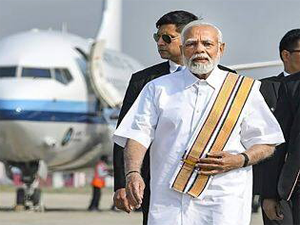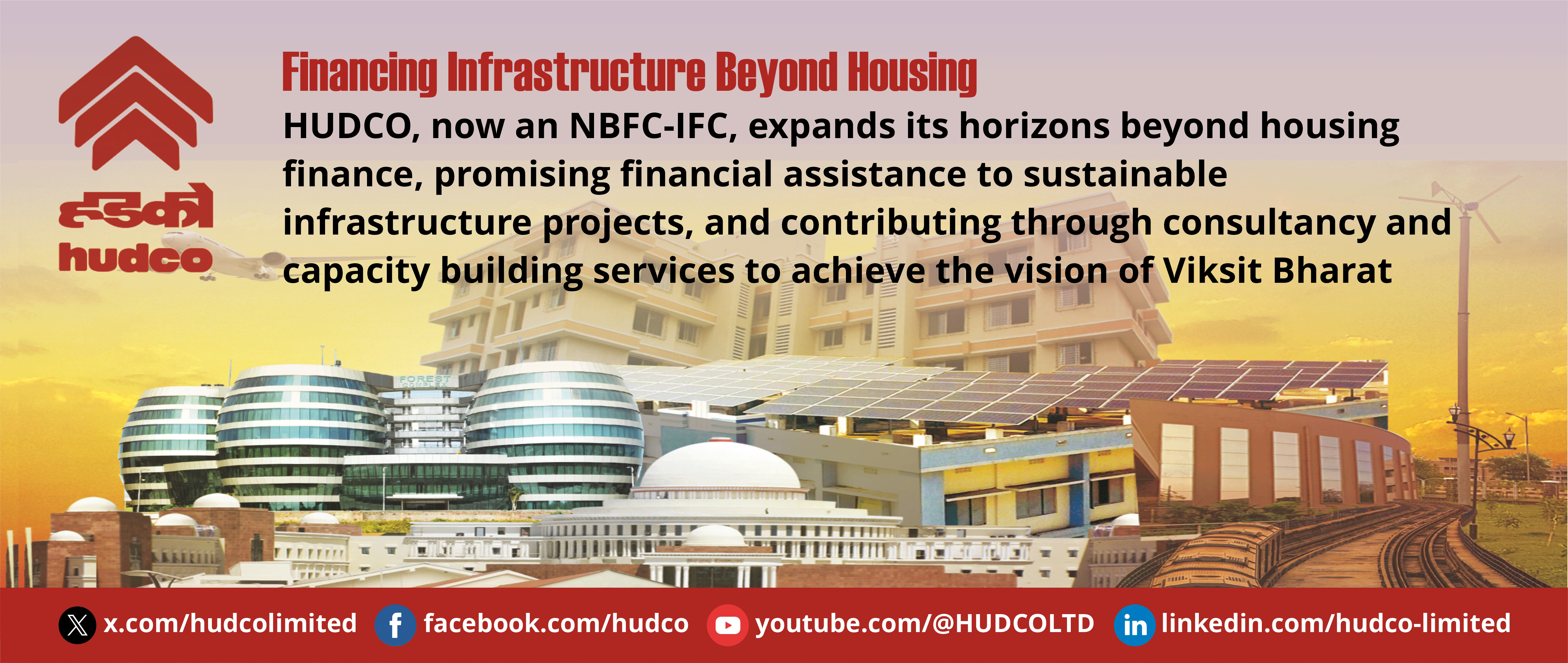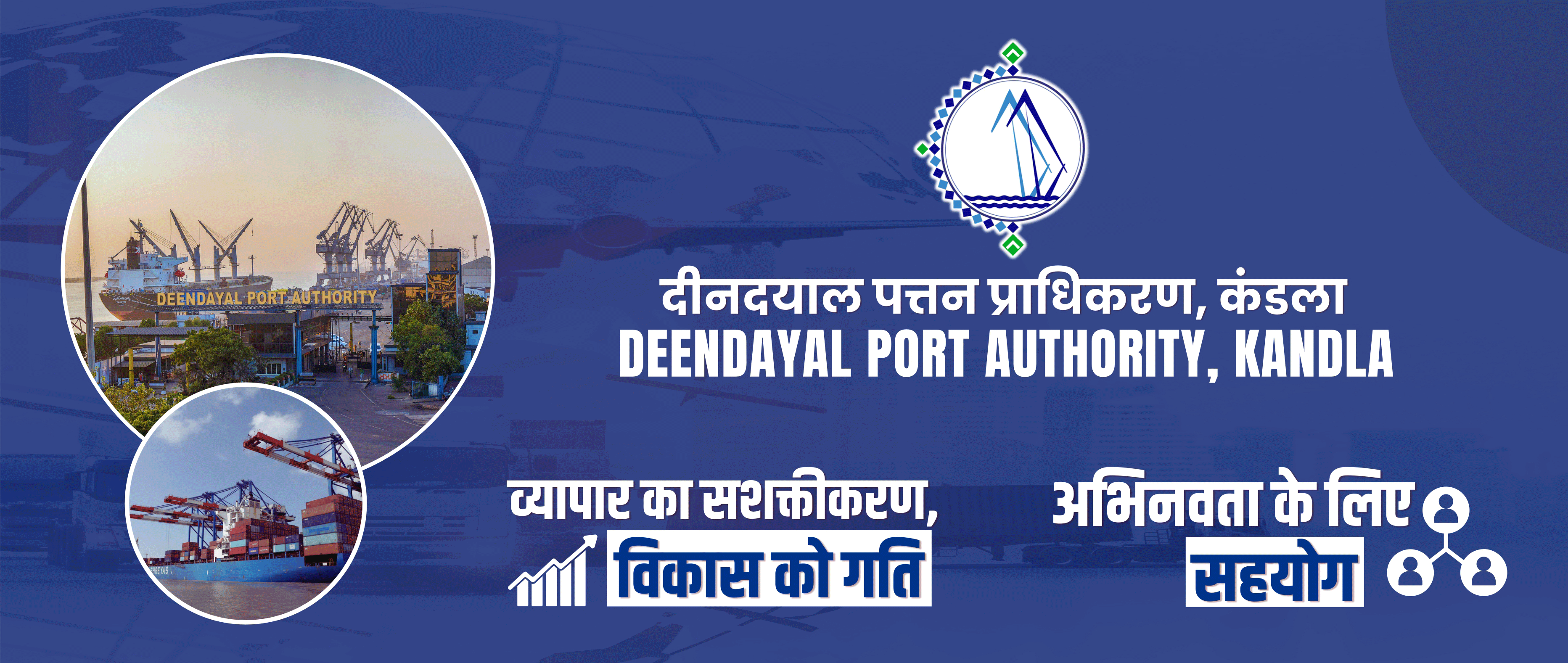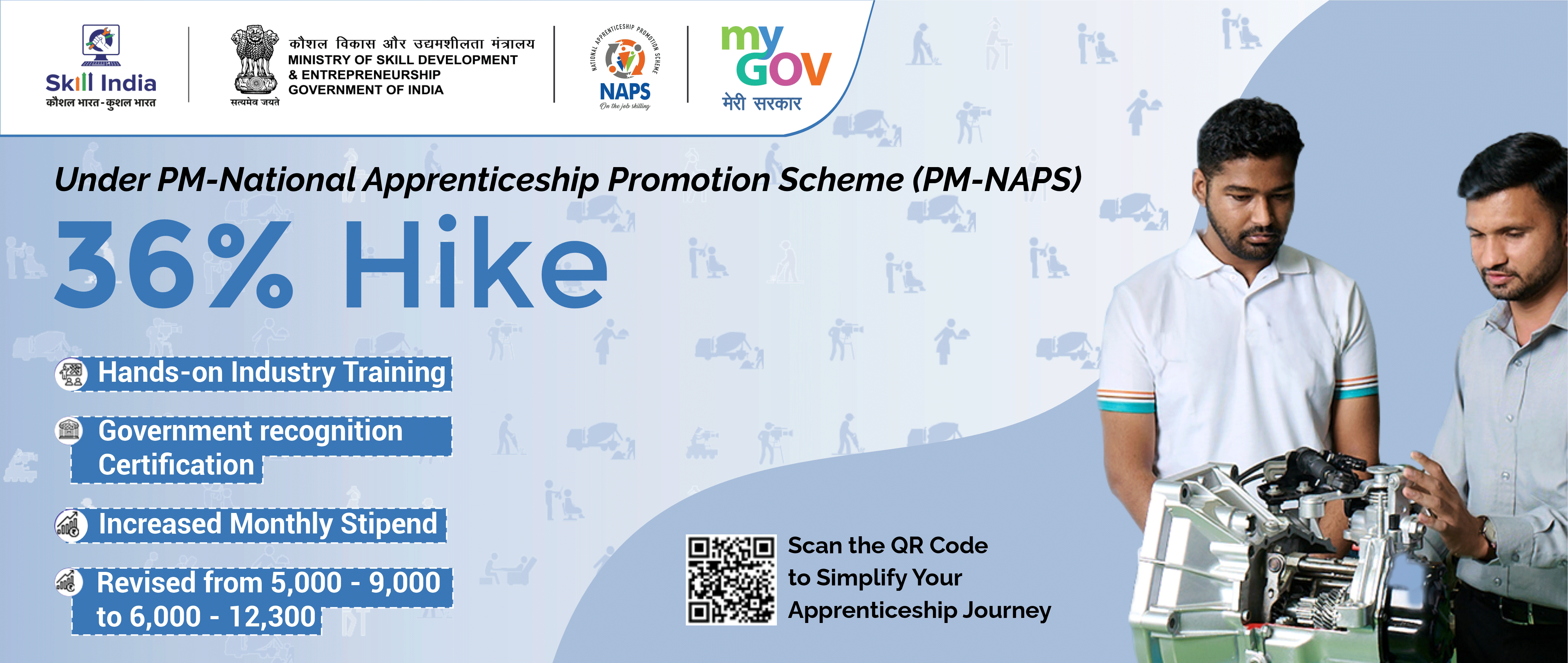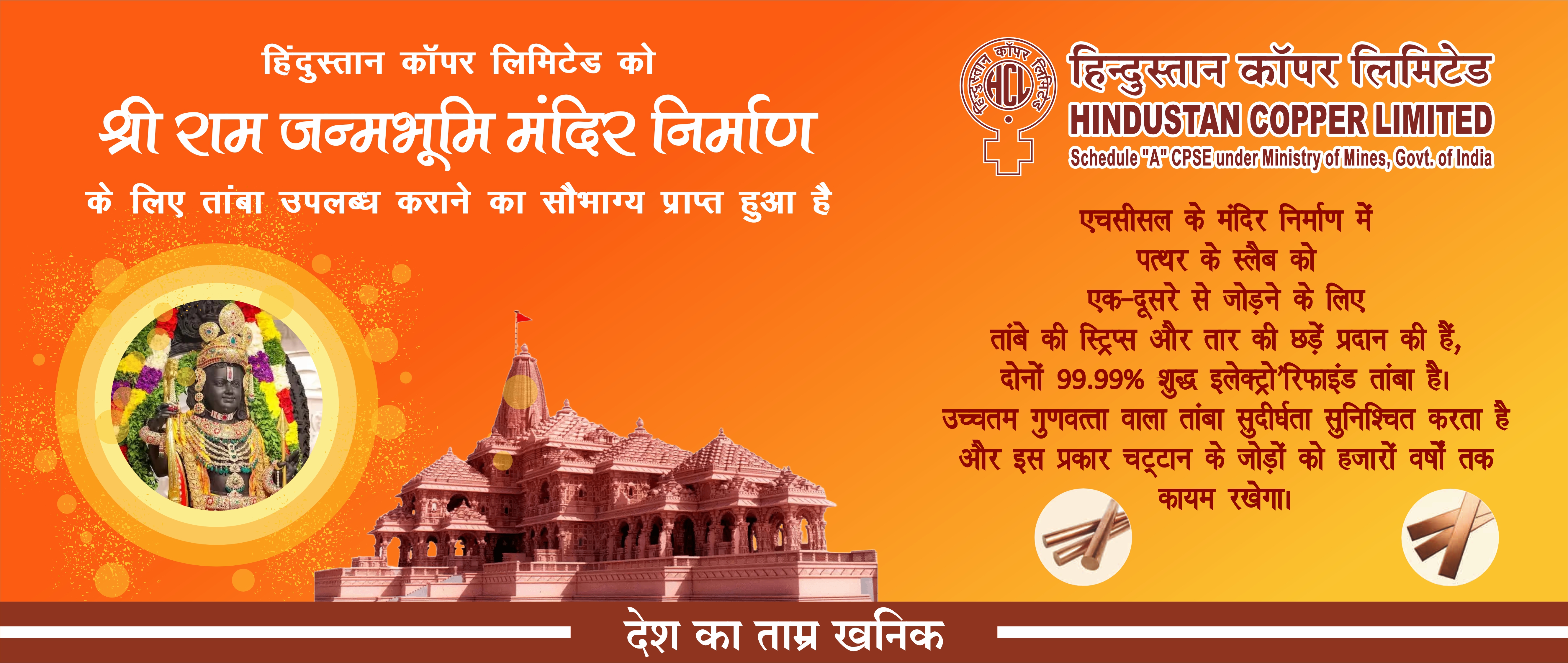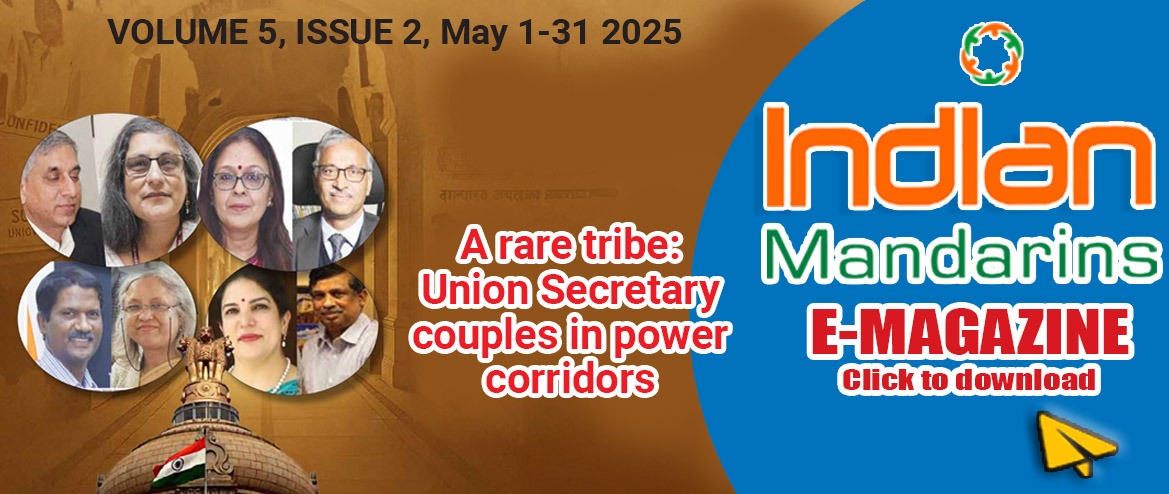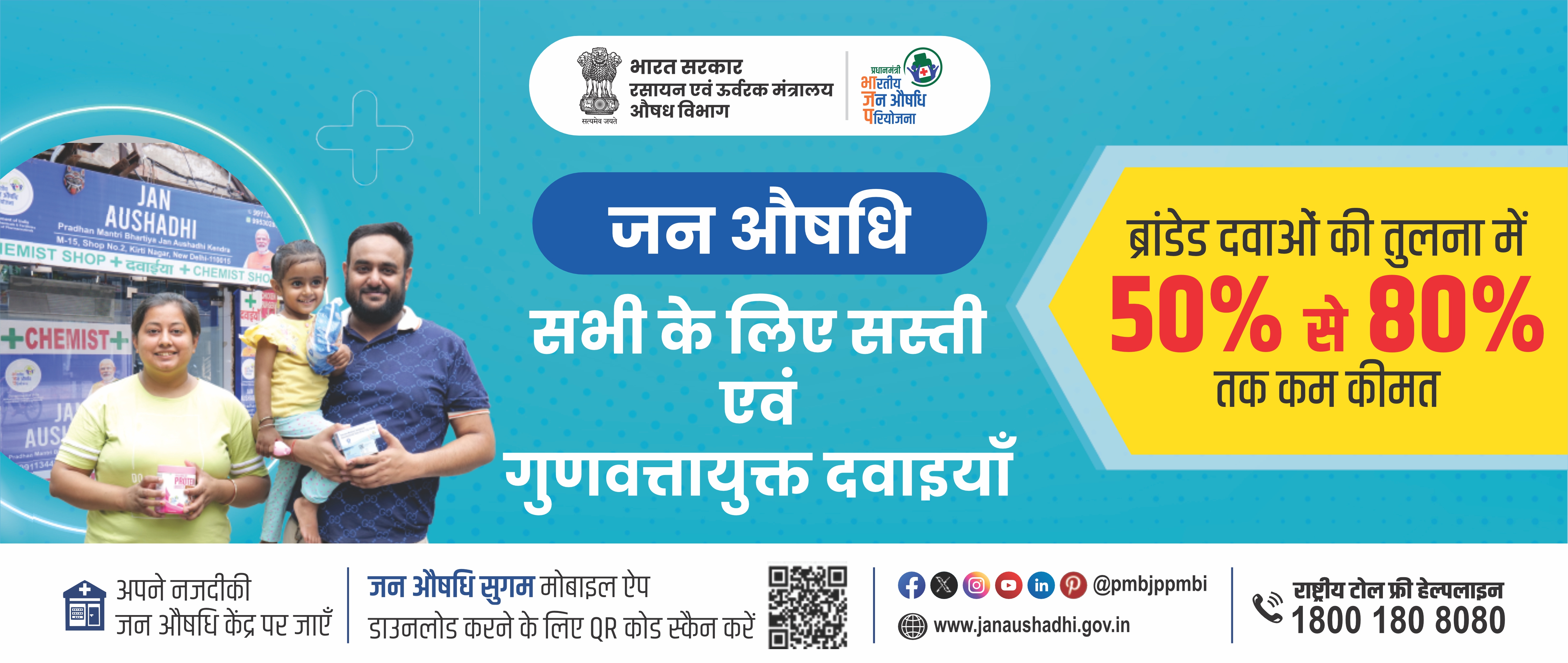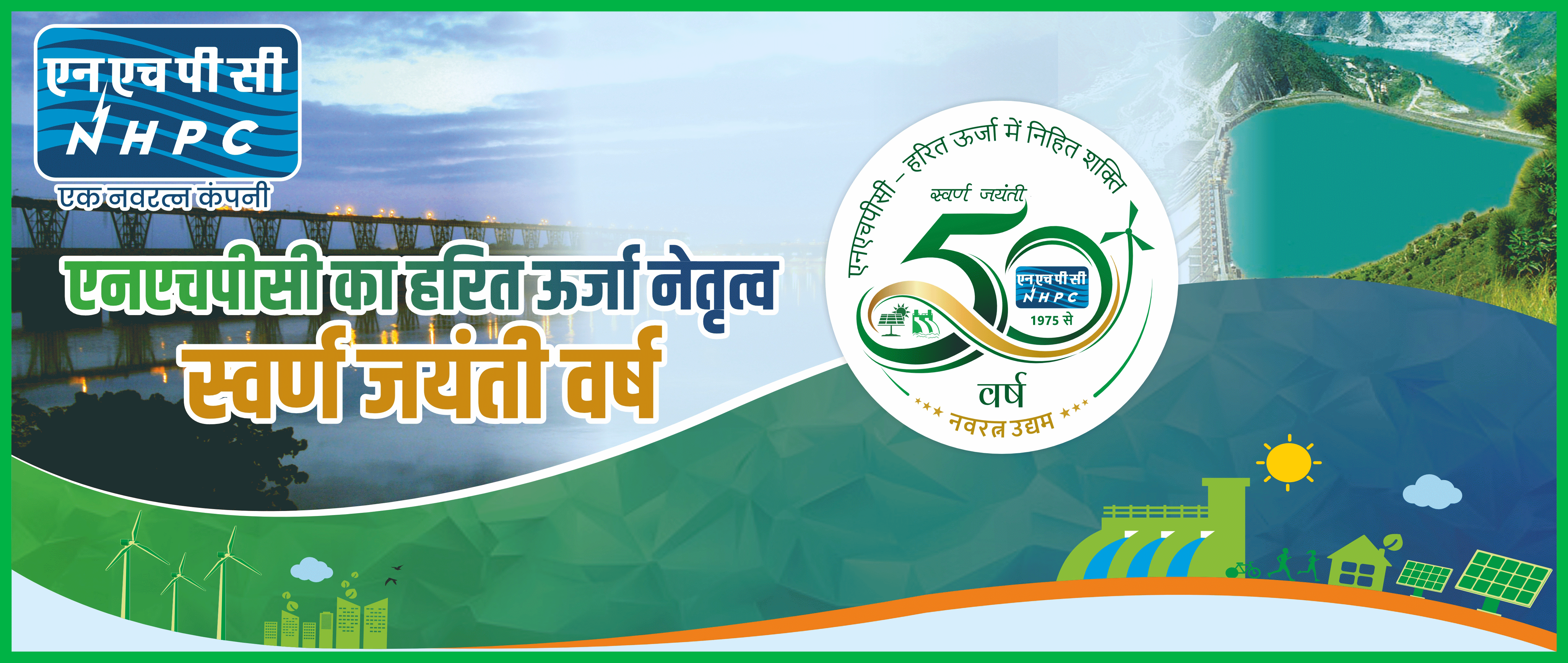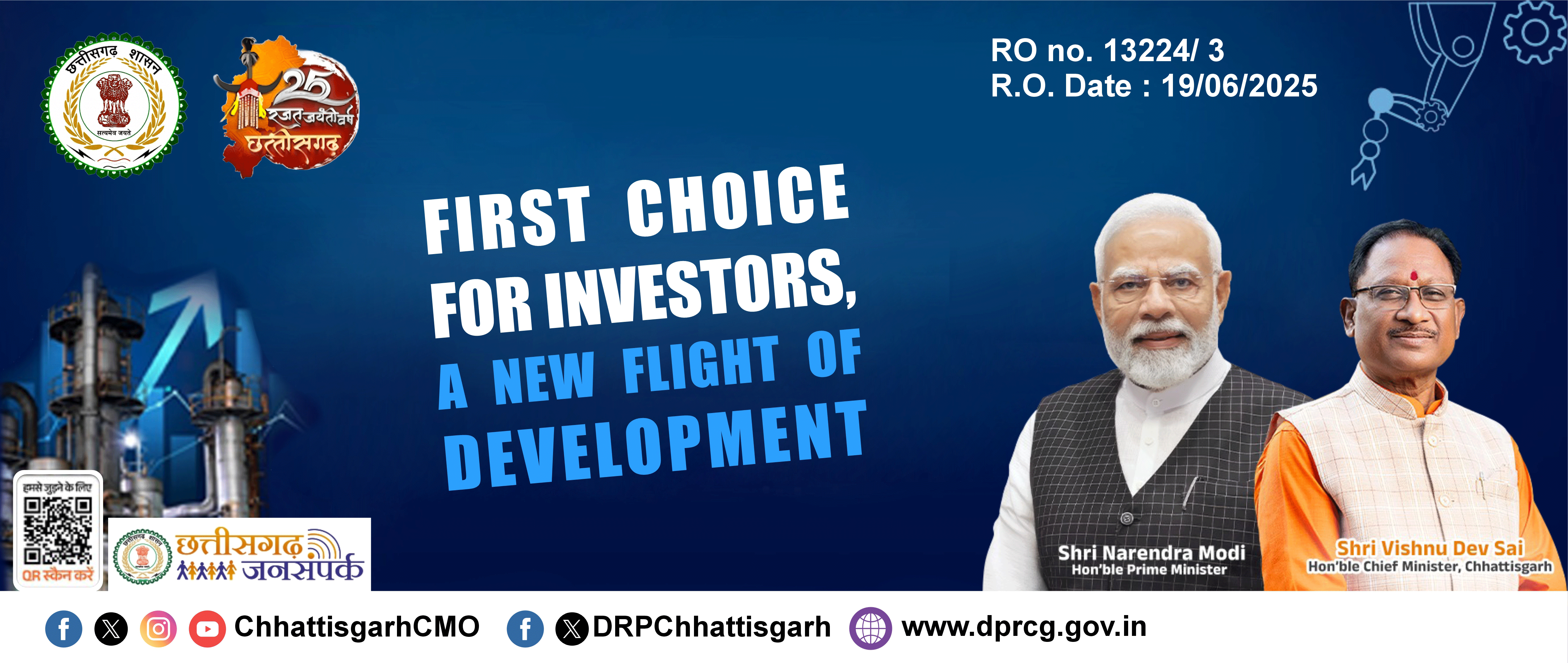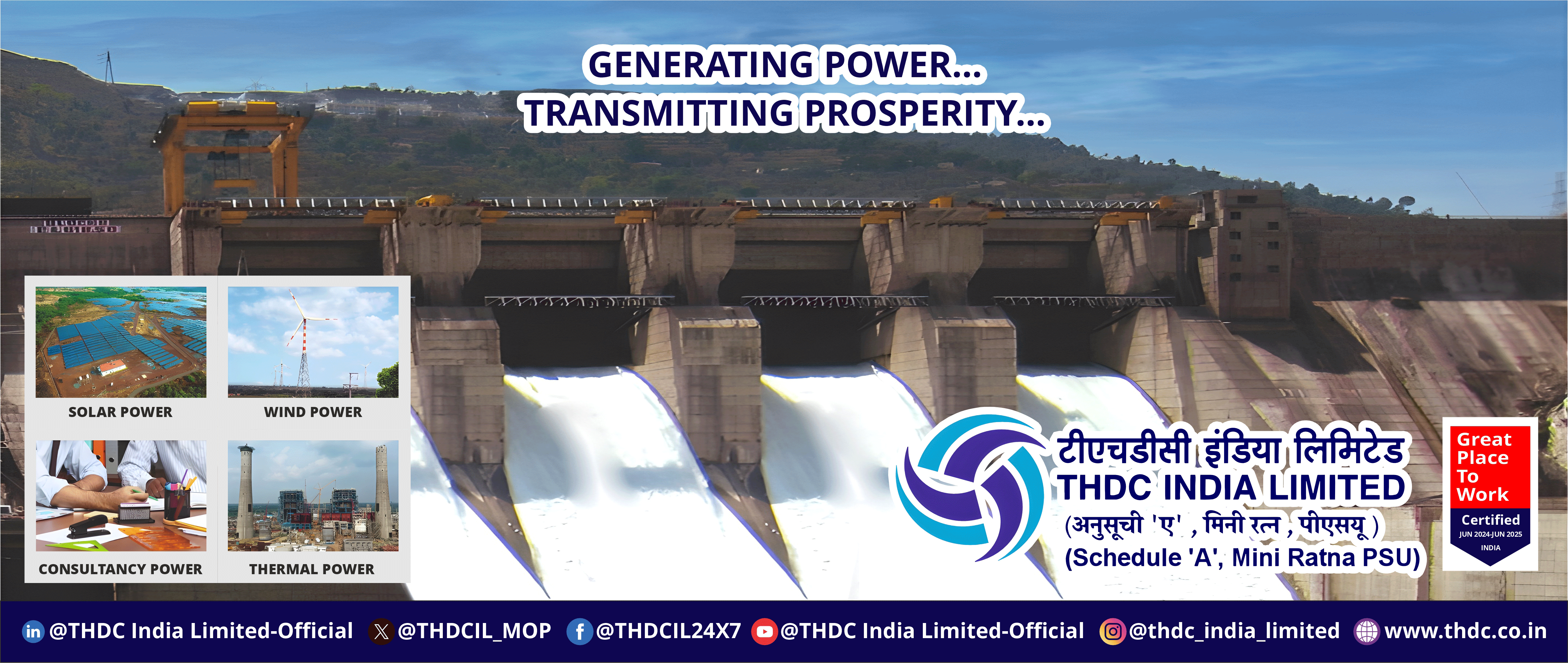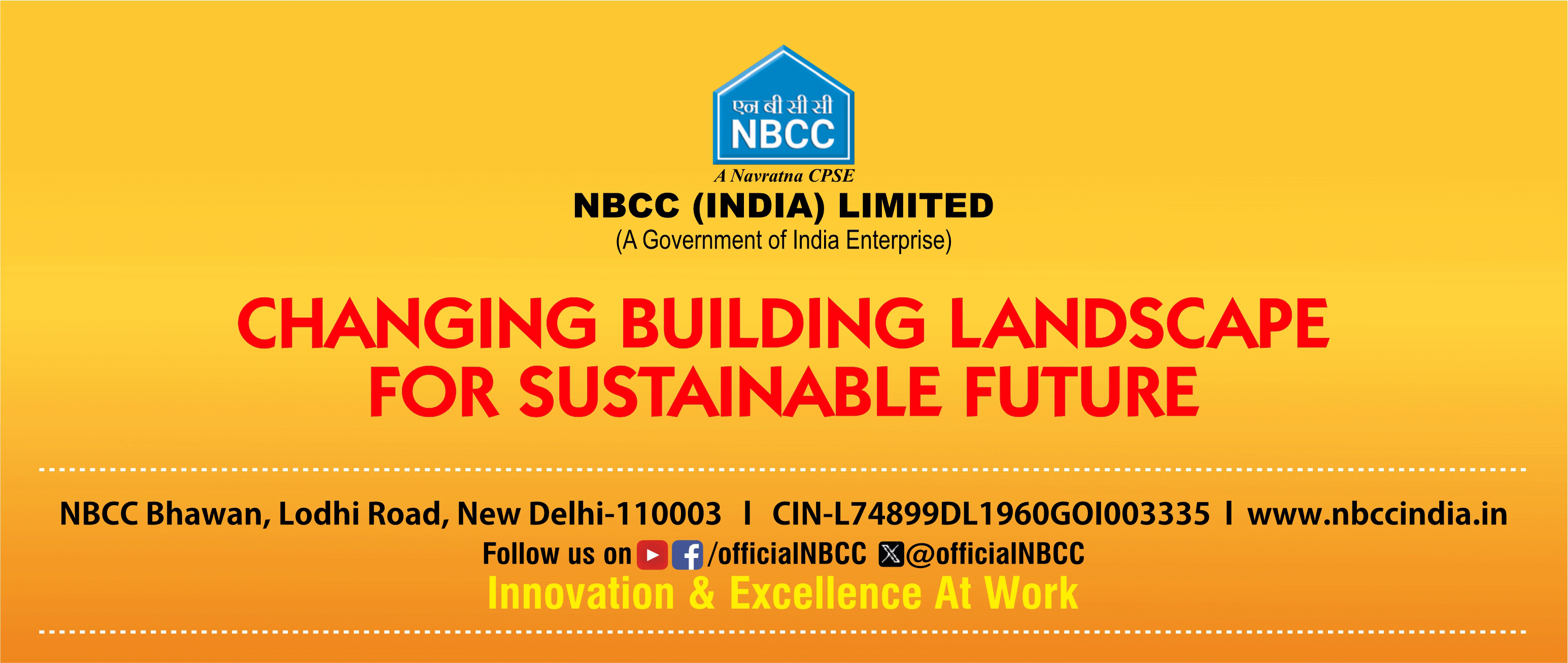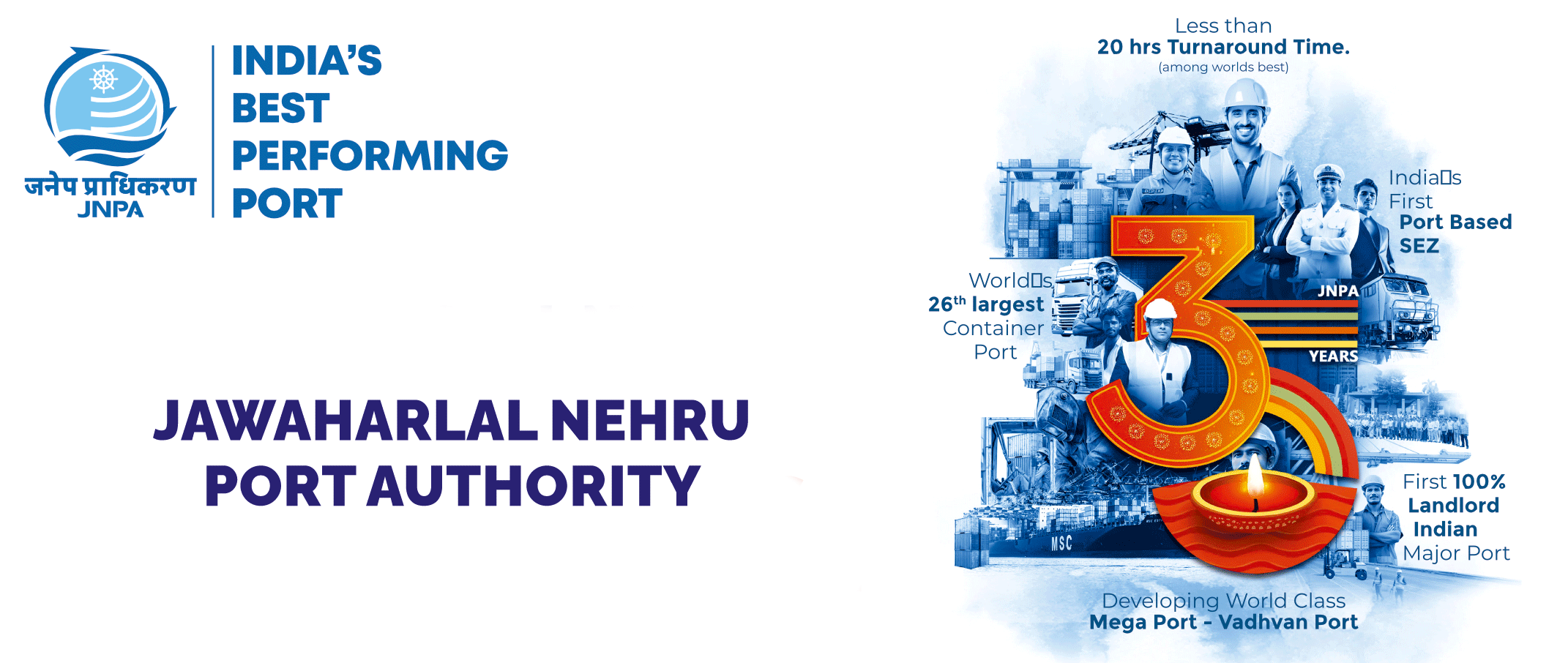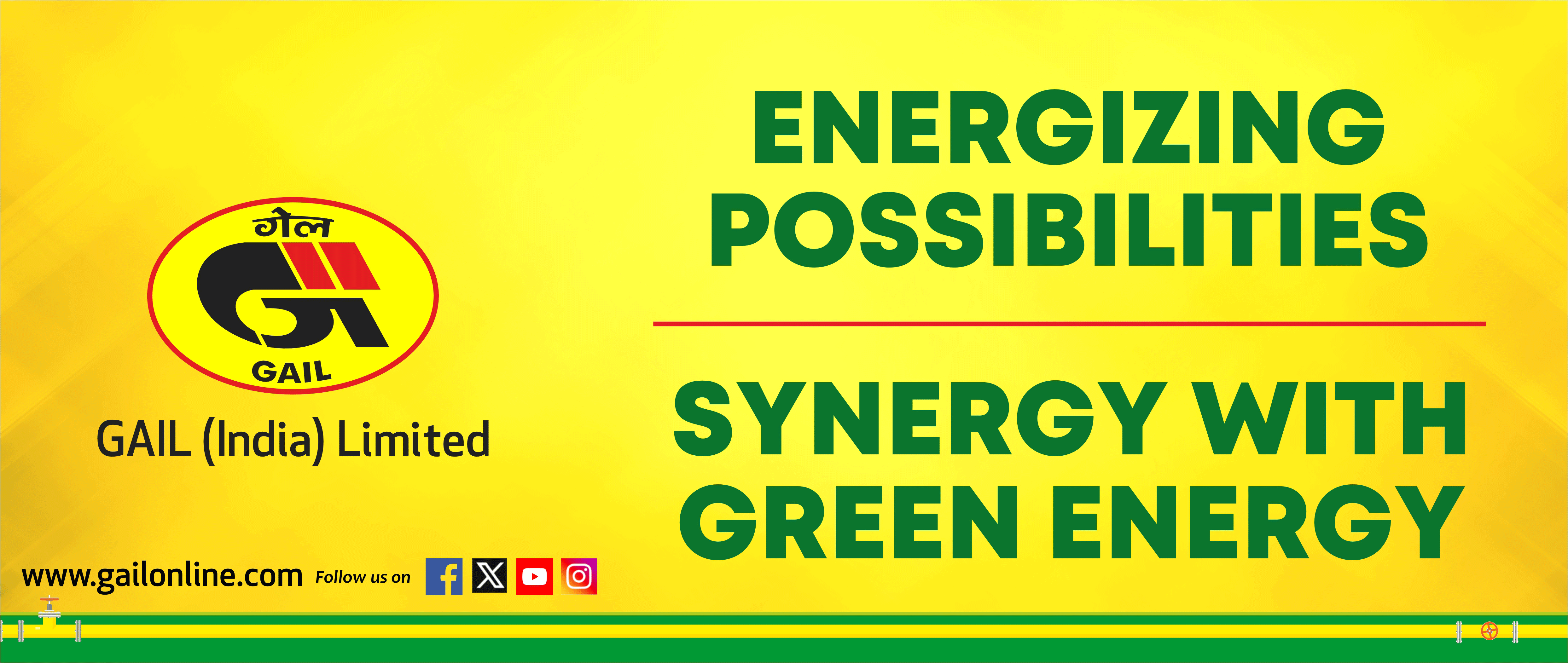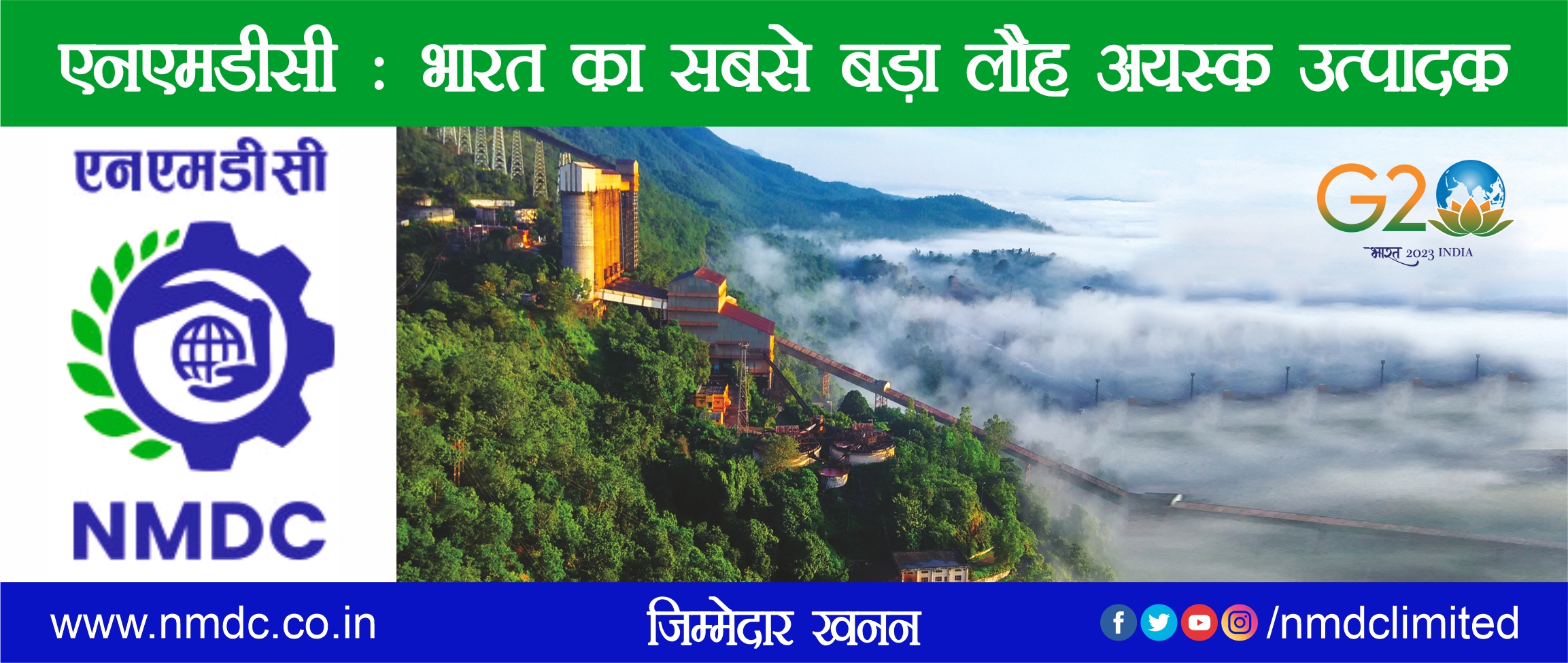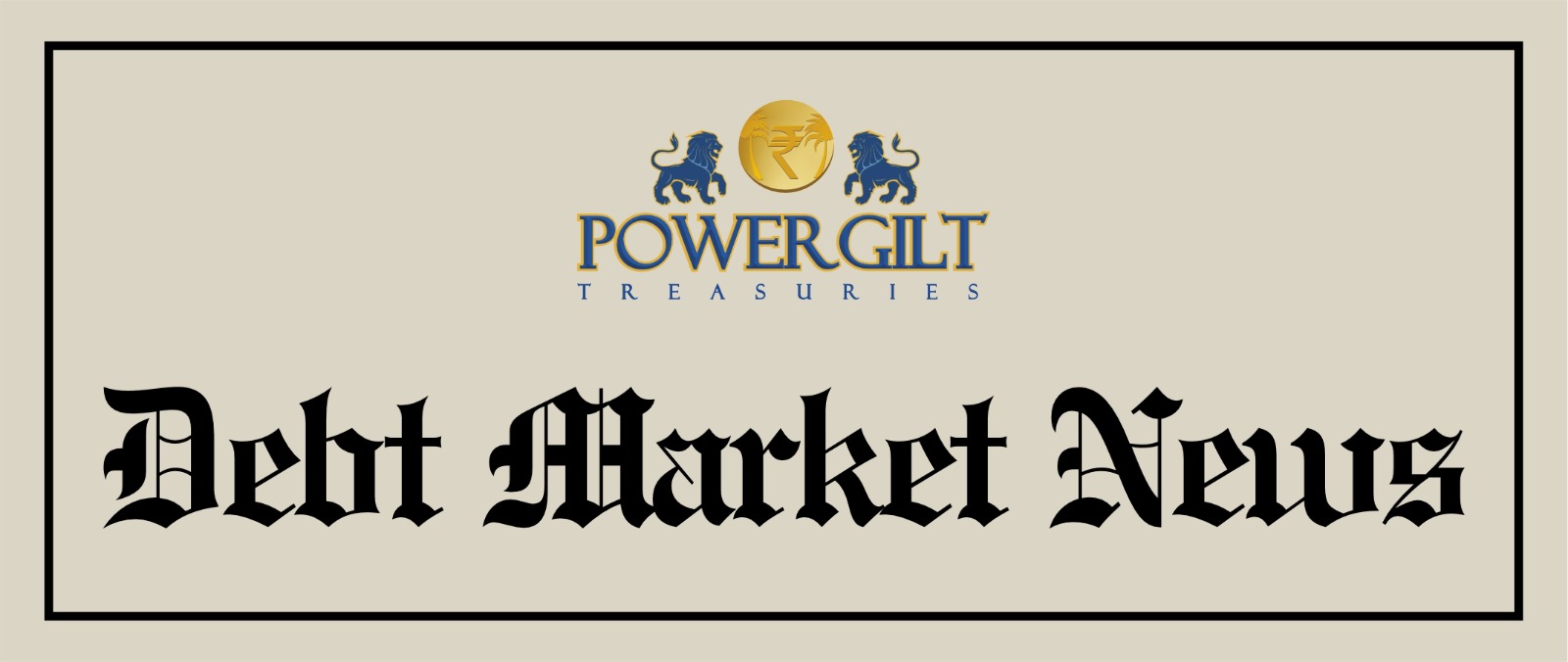New Delhi (13.08.2024): India is about to celebrate 78th Independence Day and Prime Minister Narendra Modi will be addressing the nation from the ramparts of the Lal Qila for the 11th consecutive term to outline his government’s plans, priorities and programme. He will try to strike a chord with the aspirations of the people of the country. The Narendra Modi government has so far been known for its “bold policy prescriptions” and “tough measures” without bothering repercussions for its strength in Parliament and floor management. Successive interventions, capturing the nation’s imagination and leveraging on popular programs have been synonymous to the NaMo regime that its supporters call managing all possible repercussions with ease.
The regime that began in May 2014 and navigated its course through troubled waters with a conviction before getting a fractured mandate in 2024 -- NaMo 3.0. While NaMo 1.0 had a “sobering effect on economy” and “developmental economics”, NaMo 2.0 was primarily driven by “socio-cultural and political aspirations” like making Article 370 ineffective in Jammu and Kashmir and Ram Mandir besides many other.
The successive tenures put together offers “key decision makers in the executive” to learn from the past and exhibit its craftsmanship in policy and programs that would be helping the ruling dispensation brightening its prospects for 2029.
The first thought-provoking question is that how all this unfolded year-after-year?
The brand equity of NaMo 1.0 predominantly defined itself as “vision-oriented” policies and initiatives aiming at “nation-building”; economic strengthening of India and empowerment of downtrodden as well as women. The first phase of state crafts under NaMo had the companionship of Arun Jaitley and PM’s choicest officials like Nripendra Mishra, Ajit Doval, P K Mishra, P K Sinha, Dr TV Somanathan, Debashree Mukherjee, Tarun Bajaj, Anurag Jain including many other bright civil servants. In a nut shell NaMo 1.0 was less dominated by politics that the BJP is known for.
NaMo 1.0 (2014 to 2019): The major policy interventions had a pan-India impact and brought about a bigger mandate for the second successive term in 2019 include; NITI Aayog (2014); PM Jan Dhan Yojana (August 2014); ONORC (2018), Big-ticket infrastructure projects (NH, bridges, AIIMS, PMGSY etc); Banking Reforms, Tax Reforms & GST, Digitalisation and formalisation of economy; DBT enabled Kisan Samman Nidhi; big push for clean green sustainable energy and International Solar Alliance; Repealing obsolete laws; Law Against Triple Talaq (2017).
NaMo 2.0 (2019-2024): The second consecutive term with thumping majority in 2019 marked a visible “departure from the past” vis e vis its policy-prescriptions and program-initiatives. The political agenda of the BJP-led NDA unfolded loudly with “Nationalism of its brand”. The NDA government lacked critical numbers in the Rajya Sabha yet it managed to sail through making Amit Shah a new age Chanakya under his mentor Modi. It achieved several landmarks namely; CAA (December 2019); New National Education Policy (2020); Ayodhya Temple (2022-24); Kashi Vishwanath Corridor (December 2021); Mahakal Corridor (October 2022) besides a couple of more such corridors. National Monetisation Pipeline (2021); informalisation of Article 370 and Section 35A of the Constitution; Bharatiya Nyaya Sanhita (BNS), Bhartiya Nagrik Suraksha Sanhita (BNSS) and the Bharatiya Sakshya Adhiniyam (BSA) replacing IPC, CrPC.
Though all such initiatives captured people’s imagination ensuring a boost to the ruling dispensation yet those efforts could not translates into full majority on its own in 2024 LS Polls.
NaMo 3.0: At the outset of PM Modi in his third consecutive terms the biggest challenge for the top decision-makers today in PMO and elsewhere is to re-infuse enthusiasm, revitalise ideas, re-align policy prescriptions and re-design programs for the people and the nation as well.
(By Rakesh Ranjan)
